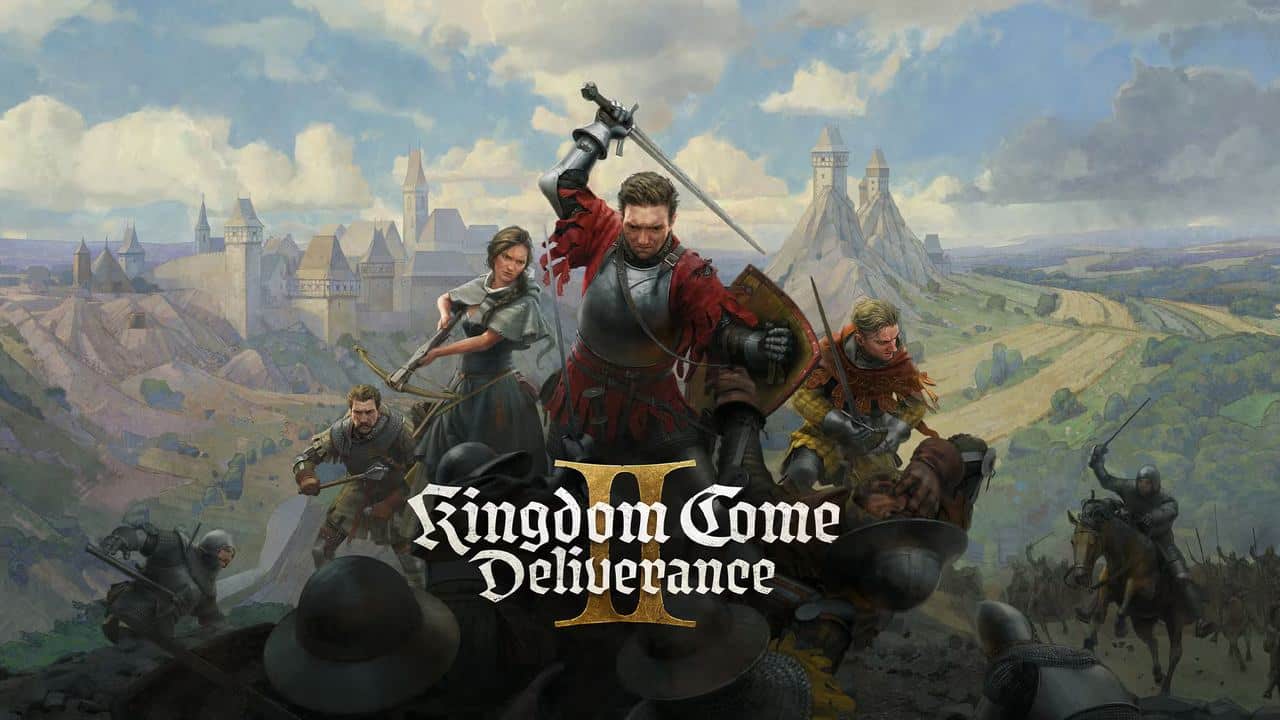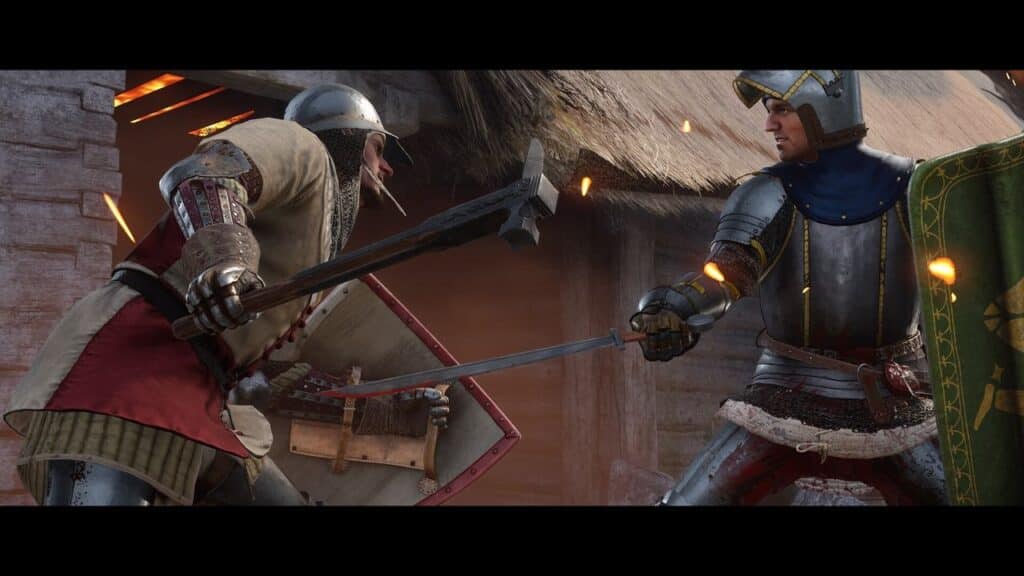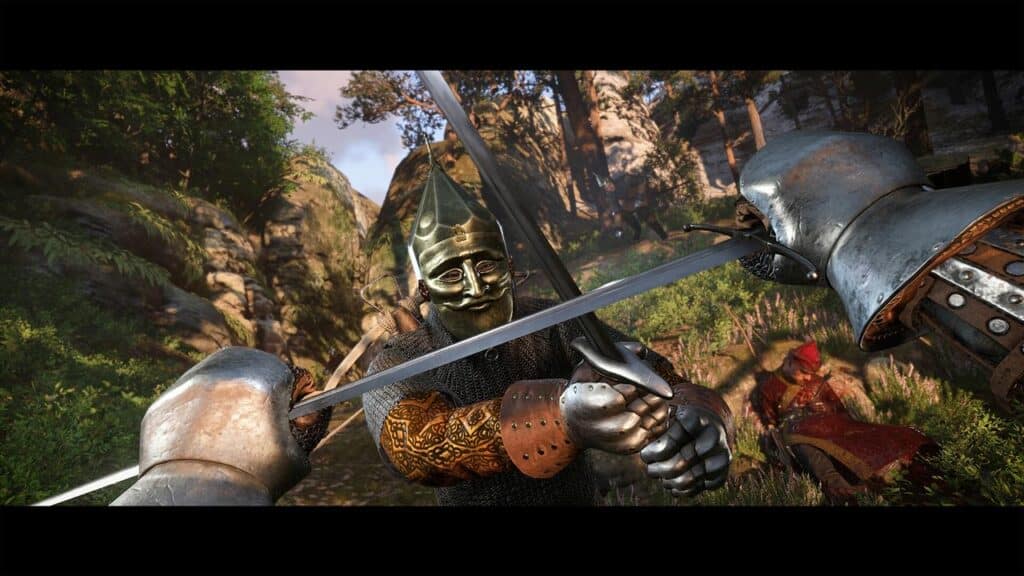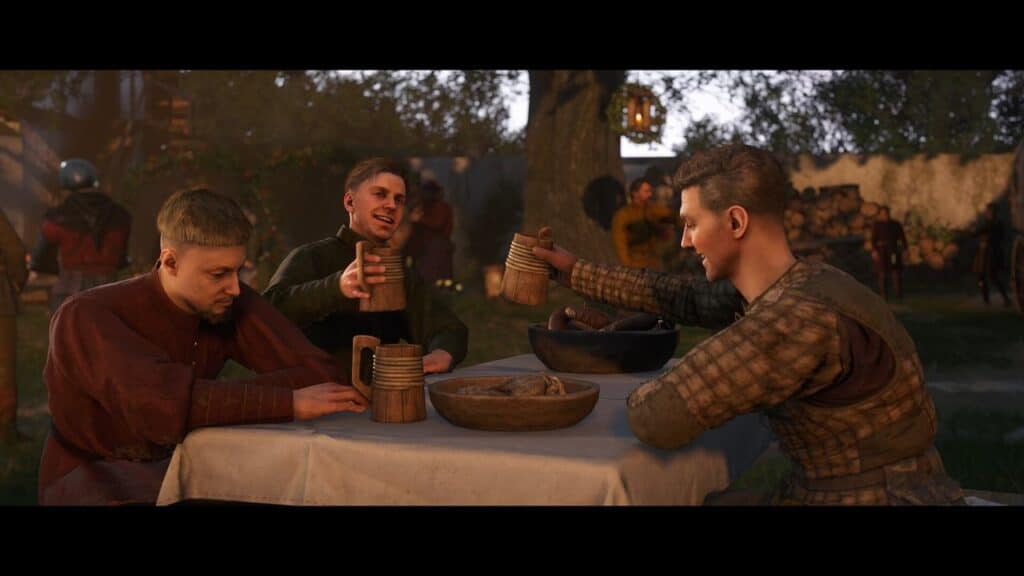
Kingdom Come: Deliverance II continues Warhorse Studios’ dedication to historical realism and deep role-playing mechanics. Set in 15th-century Bohemia, this sequel builds on the first game’s foundation with expanded gameplay, refined combat, and an even more expansive world.
Henry of Skalitz returns as the protagonist, facing new challenges in a world shaped by both personal struggles and political unrest. The game introduces improved mechanics while maintaining the methodical, skill-based approach that defined the first game’s identity. Whether you’re new to the series or returning, Kingdom Come: Deliverance II offers an experience where every choice carries weight.
With its detailed world, historical depth, and expanded gameplay, Kingdom Come: Deliverance II aims to evolve the series. Does it successfully refine the experience while keeping its identity intact? Let’s dive in and find out!
A Tale Forged in Steel and Blood
Few RPGs capture historical realism quite like Kingdom Come: Deliverance II. The game tells a grounded medieval story, blending personal struggles with political conflict and shaping Henry’s unpredictable journey. The setting takes inspiration from real history, making every encounter feel believable, from noble disputes to daily village life.
Henry of Skalitz returns, but this isn’t a simple continuation of his story. Instead, Kingdom Come: Deliverance II expands on his personal growth, throwing him into larger conflicts and tougher decisions. Conversations do more than offer dialogue choices—they shape relationships, build alliances, and change the story. Every decision matters, so you need to think carefully.
Side quests feel just as important as the main story. Some challenge your morals, while others focus on everyday medieval life. The game avoids simple good-versus-evil choices, making every action feel meaningful, even when you try to do the right thing.
Beyond its main quest, the world feels alive with dynamic events and interactions. Characters react differently based on your past actions, reputation, and even how you present yourself. One conversation can change an entire quest outcome, making role-playing feel even more meaningful.
I found myself completely drawn into Henry’s journey, carefully weighing my words and actions at every turn. Few games make role-playing feel this natural, where every conversation, betrayal, or alliance feels earned. Without giving anything away, Kingdom Come: Deliverance II tells a story so gripping that it’s better experienced firsthand. Trust me—you’ll want to see it unfold yourself.

Mastering the Art of Survival
If you want a game you can quickly pick up and play, this isn’t it. Kingdom Come: Deliverance II demands patience, precision, and a willingness to learn. Every action, from swinging your sword to crafting potions, follows a realistic, skill-based approach. Combat is brutal, exploration is dangerous, and survival mechanics require careful planning. This isn’t a game that holds your hand—you either adapt, or you struggle.
Combat is still complex but feels smoother. You need to manage stamina, time your attacks, and block carefully, or you’ll be left open. Weapons feel distinct—swords are balanced, axes hit harder, and maces break through armor. Ranged combat is also more reliable, making bows and crossbows useful in a fight. Fighting multiple opponents is still brutal—you’ll need smart positioning and careful strategy to survive.
Exploration is just as dangerous as combat. Towns and villages are full of life, but the wilderness is unpredictable. Bandits patrol the roads, supplies are limited, and quests don’t always go as planned. You’ll need to think carefully about every decision—not just in conversations, but in how you handle missions. Stealth, bribery, or direct combat can all be viable approaches, depending on the situation.
Crafting and survival are just as involved as combat. Blacksmithing takes patience—you’ll need to hammer metal carefully and temper it correctly. Alchemy isn’t just about mixing ingredients; you’ll grind herbs, boil mixtures, and follow precise steps to get results. Even basic survival matters, from keeping your health up to managing food and repairing gear.
One fight that stuck with me happened deep in the forest. I tried to ambush a group of bandits but got overwhelmed. Low on stamina and outnumbered, I had to use the trees to split them up. After a tough fight, I barely won—bleeding, exhausted, and out of supplies, I struggled to get back to town.
Kingdom Come: Deliverance II is tough, but if you take the time to learn, it delivers a rewarding RPG experience.

A World That Feels Alive
Kingdom Come: Deliverance II creates a detailed medieval world that feels alive. Towns are busy with markets and wandering NPCs, while the countryside is filled with forests, roads, and castles. The lighting and weather make a big difference—day-night cycles and storms change how everything looks and feels. Whether you are riding through a valley at dawn or watching torches flicker in a village at night, the world feels believable.
Character models and animations look better than in the first game, but NPCs can still seem stiff in conversations. Some NPCs share the same faces and animations, making crowds feel less unique. However, armour and weapons look great, showing scratches, dirt, and wear over time.
The game runs at 60 FPS on Xbox Series X. Load times are short, making transitions smooth, but some minor bugs—like clipping and NPCs acting strangely—can be distracting.
The orchestral soundtrack fits the setting and adds to both exploration and combat. Background sounds, like rustling leaves, distant voices, and clanking armour, help bring the world to life. Voice acting is solid for the main characters, but NPC voices repeat too often, making conversations feel repetitive.
Even with a few issues, Kingdom Come: Deliverance II delivers detailed visuals, strong audio, and smooth performance.

Kingdom Come: Deliverance II Refines Medieval RPG Mechanics
Kingdom Come: Deliverance II expands on everything that made the original unique, refining its deep role-playing mechanics while staying true to its historical roots. Combat feels smoother but remains challenging, exploration is rewarding yet dangerous, and survival mechanics make every decision matter. Whether you’re fighting, crafting, or making tough moral choices, every action carries weight.
Visually, the game brings 15th-century Bohemia to life with detailed towns, forests, and dynamic weather. Performance is solid, with smooth frame rates and short load times, though some minor bugs and stiff NPC animations are present. The orchestral soundtrack and environmental sounds add to the atmosphere, bringing the world to life.
If you enjoyed the first game, you’ll find a more polished and expanded experience here. The difficulty curve and complex mechanics can be intimidating for newcomers, but if you take the time to learn, you’ll find a deep and rewarding RPG. Kingdom Come: Deliverance II is tough, but those who stick with it will find a fulfilling medieval adventure.
Kingdom Come: Deliverance II

Summary
Kingdom Come: Deliverance II builds on the original with refined combat, exploration, and survival systems. The detailed medieval world and solid sound design bring the experience to life. Though challenging, fans and newcomers alike will find a rewarding RPG adventure.
As always, remember to follow us on our social media platforms (e.g., Threads, X (Twitter), Bluesky, YouTube, and Facebook) to stay up-to-date with the latest news. This website contains affiliate links. We may receive a commission when you click on these links and make a purchase, at no extra cost to you. We are an independent site, and the opinions expressed here are our own.











